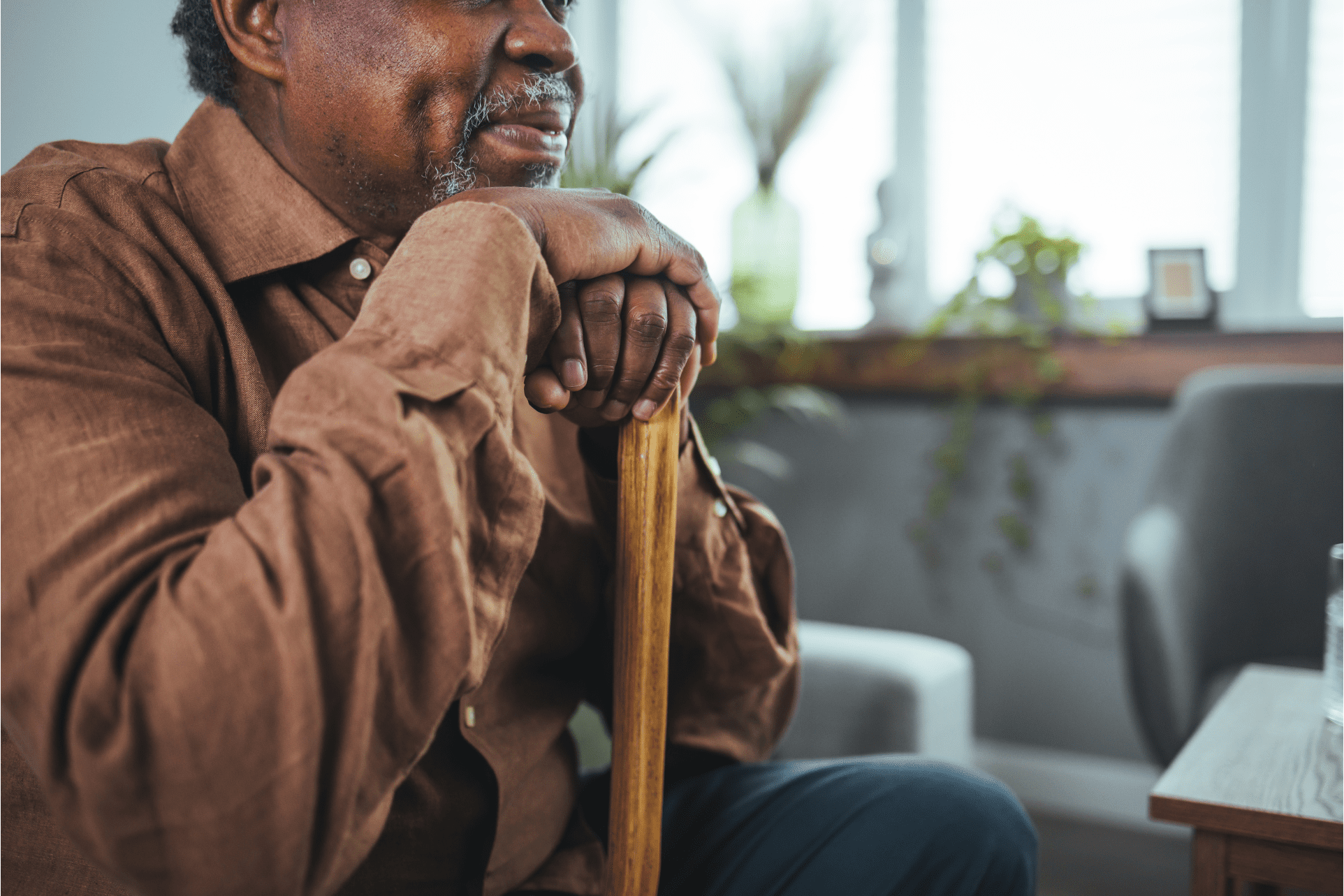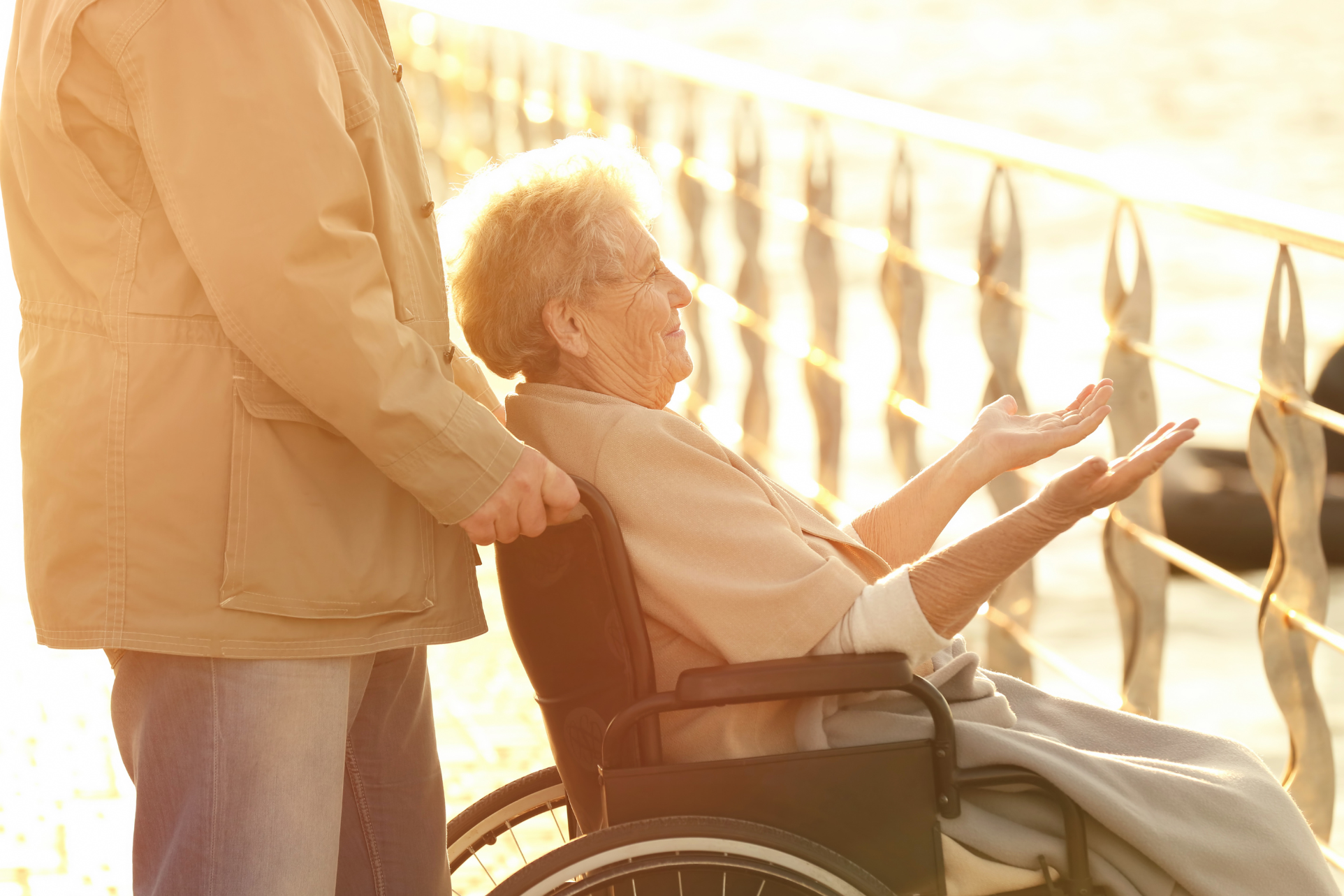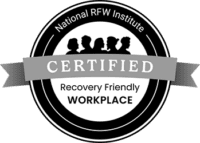How to Streamline Hospital Discharge Through Patient Education
Many people who have been discharged from the hospital have had a similar experience: they were discharged too early, leaving them feeling unprepared to manage their new condition. Even worse, they may not have been adequately educated about how to care for themselves, which inevitably leads to them being readmitted to the hospital when their condition remains the same or worsens.
These types of unnecessary readmissions can be prevented with a more efficient discharge strategy. Because of Medicare’s Hospital Readmissions Reduction Program (which causes hospitals to lose up to 3 percent of their total Medicare payments for high rates of readmission within 30 days of hospital discharge), it’s more important than ever for hospitals and health systems to establish an effective discharge process. By handling this important transition in the best way, outcomes may dramatically improve for patients as they move onto the next level of their care.
The process of discharging patients from the hospital is multi-faceted, and there are several challenges. Some of the top considerations for pre-discharge of patients include:
- Patient education
- Discharge planning
- Medication reconciliation
Once a patient leaves the hospital, it often is up to them to follow a care plan which may differ from their normal way of life, making patient education a crucial component of hospital discharge. Here are some of the best ways to improve the patient education process pre-discharge:
Use the teach-back method
The teach-back method is used to confirm whether a patient or caretaker understands what is being explained to them. The idea is that if the patient understands what they are being taught, they should be able to “teach-back” the information accurately. The teach-back method helps providers understand the patient’s needs in understanding their care. Depending on how successfully the patient can teach-back their discharge information, healthcare providers are able to clarify the information and thus improve the patient’s comprehension and understanding.
Use technology
Through technology, patient education materials have now become much more accessible to patients. 77% of Americans own smartphones and access the internet through these devices. Patient portal access is also growing, with 52% of healthcare consumers having access to one. Customize your patient’s educational experience through technology and ensure that their individual needs are addressed. Learn how to do it here.
Allow time for questions
Hospitals should ensure that there is plenty of time for patients and caregivers to ask questions about follow up care, medications, or any other health maintenance after they leave the hospital. Patients need to feel that they can make the transition safely, so allowing them to have time to think about these questions will give them necessary peace of mind.
Include caregivers and family members
When family members and caregivers become involved with patient education, hospitals increase the chances that the information will be retained and remembered. Many family members are involved in giving at-home care, so educating them in addition to the patient can be just as valuable as educating the patient themselves.
By driving patient activation in the hospital, the discharge process can empower patients rather than leave them feeling lost and confused. Solutions such as Discharge Concierge™ give hospitals a way to deliver state-mandated pre-discharge patient education directly to patients on a web-enabled device for optimal cognition. Through Discharge Concierge, inpatients review educational content at their own pace, indicating completed content in an interactive checklist, noting any questions in a live notepad, and requesting nurse time for clarification only as needed. Learn more about Discharge Concierge below.






Find Us Online